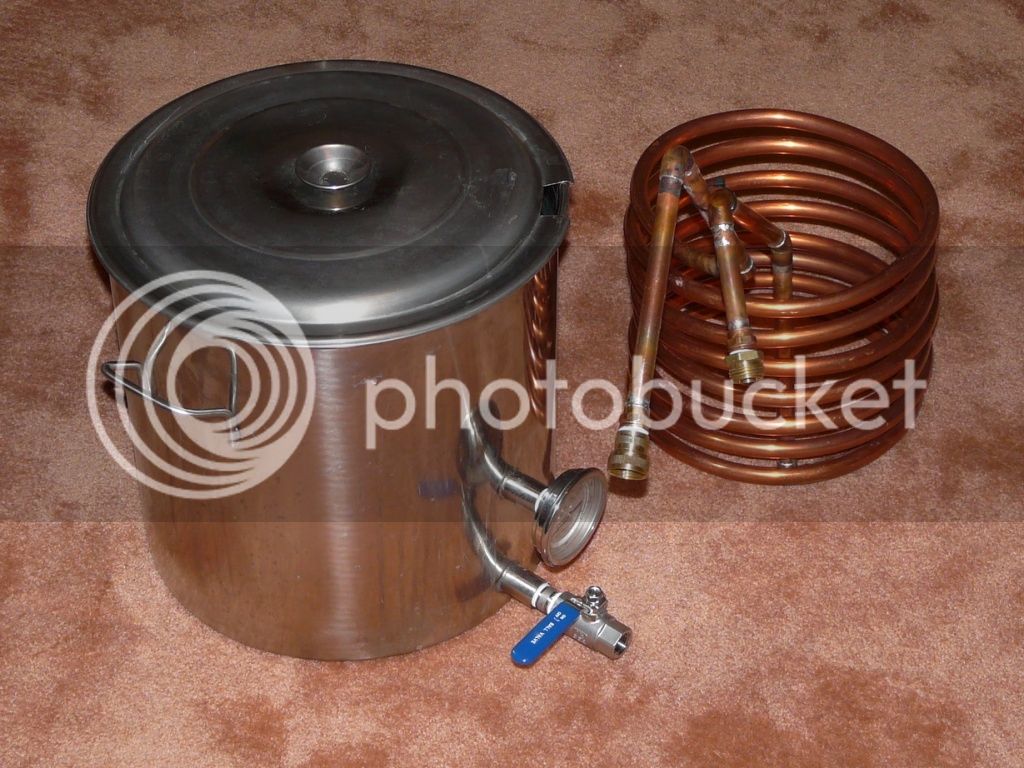pdm1982
Well-Known Member
I'm planning to make a Brewer's Best Milk Stout kit using a full boil. It calls for 3.3lbs Special Dark LME, 3.3lbs Pilsen LME, .5lb lactose, and .5lb maltodextrin. Like all of their recipes, they call for all of these ingredients to be added at the beginning of the boil in 2-2.5 gallons of water. I plan to only put about 25% of the LME in at the beginning and add the rest in later. My question is when I should add in the lactose and the maltodextrin. Would it be beneficial to add these in later or at the beginning? Does it matter?
I recently made the Brewer's Best Russian Imperial Stout in a partial boil and followed the instructions to the letter. The result was a "tangy" beer that I didn't really enjoy. I'm trying new ways to avoid that this time. Any advice is appreciated.
I recently made the Brewer's Best Russian Imperial Stout in a partial boil and followed the instructions to the letter. The result was a "tangy" beer that I didn't really enjoy. I'm trying new ways to avoid that this time. Any advice is appreciated.















































![Craft A Brew - Safale BE-256 Yeast - Fermentis - Belgian Ale Dry Yeast - For Belgian & Strong Ales - Ingredients for Home Brewing - Beer Making Supplies - [3 Pack]](https://m.media-amazon.com/images/I/51bcKEwQmWL._SL500_.jpg)











